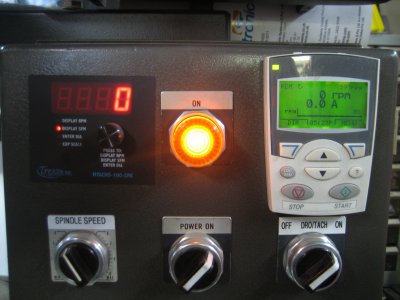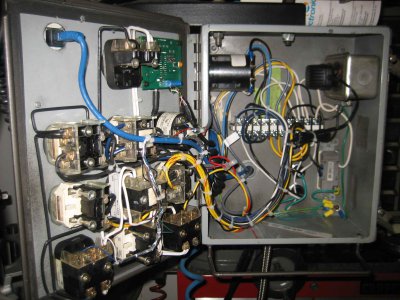- Joined
- Feb 26, 2013
- Messages
- 67
Next question..Resistance Braking. If I am reading the manual correct I need a 35 ohm resistor for the 2.2kw drive. My question is what is the correct wattage? IIRC I read , or someone mentioned to me 350- 500 watt.
We have a few machines here at work that have resistors from this place.
http://www.surplussales.com/Resistors/WireWound/WW30-499.html
We have one on a 1hp 3 ph hitachi drive but there is no wattage written on the part just the ohms.
I was looking at this model: (RWM) 26-136-35R $25.00 seems like a good price to me.
- - - Updated - - -
Bill Thanks for the wiring pictures of the tach.! They are very helpful!!
I must be missing something. Why do you need a braking resistor? I have 3 VFD's and not one has a resistor. You can control how fast you want the motor to wind down or speed up with the controller. So why the resister?
Warren



